The latest Irish books.
℘℘℘
Non-Fiction
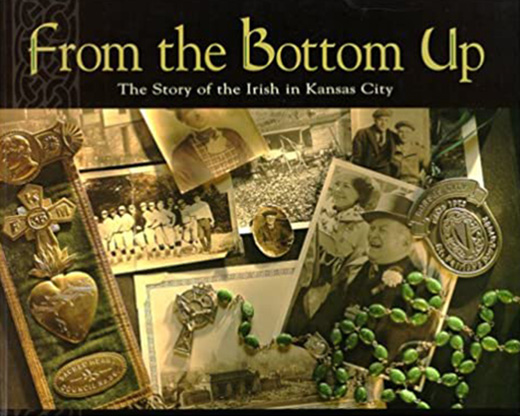
Often it’s easy to think that the only real Irish cities in America are New York, Chicago, and Boston. But as author Pat O’Neill shows in the vibrant and revealing From the Bottom Up: The Story of the Irish in Kansas City, great Irish stories can be found all over the map.
Kansas City’s contribution to Irish-American history is especially important. Recall that it was failed Missouri haberdasher Harry Truman who went from the Senate to the vice presidency all the way to the White House. Was Truman Irish? No way. (In fact, though he denied it, he was in all likelihood affiliated at one time with the anti-Irish-Catholic Ku Klux Klan.) But it was legendary Irish political boss Tom Pendergast who propped up Truman.
But this is just one of many stories chronicled in From the Bottom Up which represents local history at its very best – from Kansas City’s involvement in the failed Fenian uprising of 1866, to brief asides on local Irish immigrants who made a difference in religion, business, and baseball. Lavishly illustrated and the product of five years’ research, Pat O’Neill’s book is another intimate, yet sweeping chapter in the ongoing story of the Irish in America. (Hardcover, $25.95)
℘℘℘
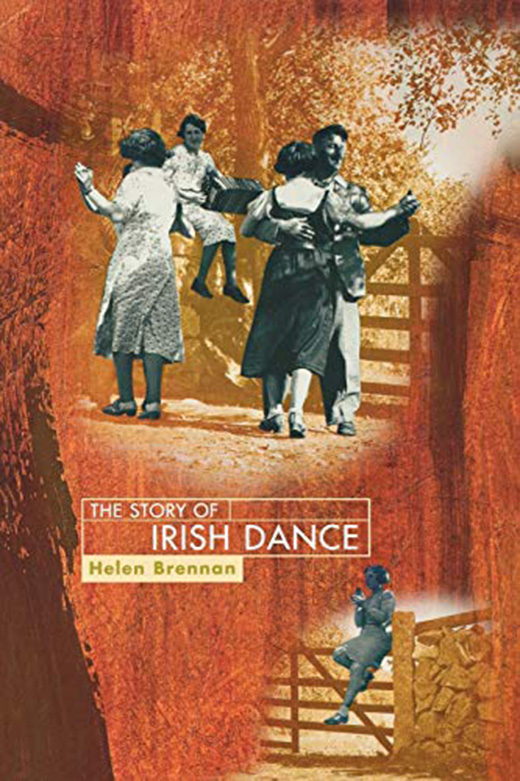
The Independent Publishers Group is distributing a series of breezy, informative history books, among them A Pocket History of Ireland, A Pocket History of Irish Rebels, and A Pocket History of Gaelic Culture.
Needless to say, these are not where you turn for an authoritative treatment of these complex subjects. But these guides are not without depth. Eminent historical novelist Morgan Llywelyn, in the entry on rebels, does a commendable job of concisely explaining the importance of 18 freedom fighters (all men but for “Rebel Countess” Constance Markievicz) over five centuries. The other two entries (writer and broadcaster Breandán O hEithir tackles Ireland, while scholar Alan Titley takes up Gaelic culture) are also handy references – especially for those curious about the distinction between things Irish, Celtic, and Gaelic. (Softcover, $7.95 each)
℘℘℘
From Clare to California, from far-flung barrooms to Broadway, Irish dancing is hot, hot, hot!
Most people would trace this craze to the ascension of Riverdance. No surprise then that Helen Brennan – the author of the authoritative, yet accessible new history The Story of Irish Dance – was, in fact, a consultant to the producers of the super-successful dance show.
The Story of Irish Dance notes that there is evidence of a distinctly Irish form of dancing going back to the Middle Ages. Nevertheless, Brennan goes on, “references to dancing in Ireland in the years prior to the seventeenth century are few and far between.” Consequently, the first chapter covers some 500 years with what may strike some readers as regrettable brevity.
But once into the 1800s, Brennan’s research is thorough and informative, outlining distinctive step dances and county styles. She outlines the degree to which powerful forces attempted to stifle Irish dancing, seeing it as too erotic. As one critic lamented in 1904: “Is it possible that in Gaelic Mayo there are some who still hanker after the fleshpots of Europe?”
Obviously, these days, the number hankering after Irish dance has simply exploded. So much so that Brennan speaks of one teacher who talked of “convincing enthusiastic parents that their four-year-old could not be expected to perform Riverdance-style steps after two lessons.”
With interesting history, a dance glossary and dance step instructions, The Story of Irish Dance is a useful book. (Hardcover $25.95)
℘℘℘
As with dancers, the Irish have never had any shortage of dramatists. The Politics of Irish Drama, by Trinity College Dublin professor Nicholas Greene, puts Irish “plays in context from Boucicault to Friel,” in the words of its subtitle. Unfortunately, at times, this book is too academic. (“The aim of this book…is to suggest that there is more to the politics of Irish drama than merely a theatrical mimesis of the national narrative.”)
The lapse into jargon is a bit regrettable because Greene’s focus on the once hugely-popular Dion Boucicault makes for an insightful read. Similarly, The Politics of Irish Drama offers useful analyses of contemporary playwrights who’ve not yet received much in-depth scholarly attention, such as Conor McPherson and Brian Friel. Of course, they’ll get that attention in due time. As Greene puts it in his conclusion, “The Irish plays keep on coming.” (Softcover, $22.95)
A worthy companion volume from 1997 – Twentieth-Century Irish Drama, by Christopher Murray – has also just been released in paperback by Syracuse University Press. (Softcover, $19.95)
Humor
Sure, Maeve Binchy – one of the best-selling authors in the entire world – announced her retirement last April. But a recent stay in the hospital has resulted in a quick fix for Binchy’s many fans.
Binchy – the author of Tara Road, Circle of Friends, and other best-sellers – has swapped her trademark tales of heartache for the real thing, entitled Aches and Pains, a breezy, witty look at life as a hospital patient. With illustrations by Binchy’s pal Wendy O’Shea, Aches and Pains makes light of the hospital experience, while also providing the ill with a little advice and sympathy.
Among the topics covered in Aches and Pains: “Things to say to annoy the patient in the next bed” (“Very wise of you not to have too many visitors”), and the rhyming “You and Your Doctor” (“When asked if you drink, then you must not be shy – Admit you’d drink any harbor quite dry.”)
What to make of Binchy’s supposed retirement? Well, Binchy never said she’d never publish another word again. And she does have another novel, Scarlet Feather, due out in August. After that, it’s anybody’s guess.
But whatever you do, don’t go thinking Binchy came out of retirement because she missed those fat royalty checks. All the author’s royalties for Aches and Pains will be donated to the Arthritis Foundation. (hardcover $10)
Fiction

In her latest novel What Are You Like? Anne Enright (also a broadcast journalist for BBC Radio 4) offers a story of a wounded father who raises an equally haunted daughter. Moving from London to Dublin to New York City, through different decades, as well as the points of view of different characters, What Are You Like? is ambitious, if nothing else. Occasionally brilliant, and occasionally muddled, Enright’s novel is nevertheless an ultimately genuine and sad story. At its center is the young, nomadic Maria Delahunty, born motherless and now vulnerable as she searches for some sort of identity.
In striving for poetry, Enright’s sentences are sometimes excessively abstract. Nevertheless, What Are You Like? is ultimately infused with a tremendous understanding of both mundane and extreme human emotions. Enright sets an appropriate mood from the very beginning, with her gripping first sentence: “She was small for a monster, with the slightly hurt look that monsters have and babies share, the same need to understand.” (Hardcover, $24)
℘℘℘
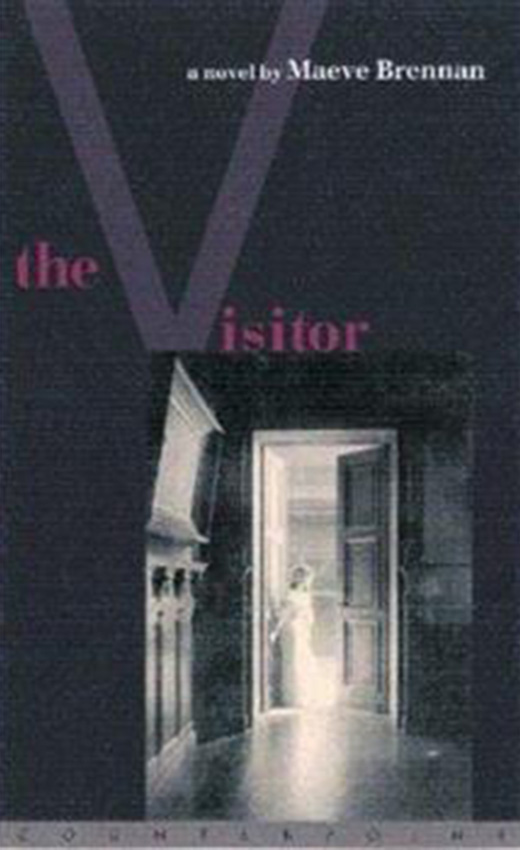
Another tale of exile, of the consequences of love, is Maeve Brennan’s novella The Visitor.
Actually written in the 1940s, The Visitor was only recently discovered in a university archive. This means we’re in the troublesome area of reading a work the author perhaps did not want published. (An editor’s note will be included in later editions of the book.)
Brennan – who for many years was a staff writer at The New Yorker, after leaving Ireland in 1934 – died in 1993.
But Brennan’s reputation has experienced quite a posthumous rise. At its best The Visitor illuminates human relationships as skillfully as the top entries in Brennan’s recently published short story collections The Springs of Affection and The Rose Garden.
The visitor of the title is Anastasia King, who returns at the age of 22 to the Dublin home where she was raised. She had been in Paris with her mother, who fled Ireland following a marital breakdown.
But Anastasia must now contend with her bitter grandmother, who resents Anastasia’s mother, whom she blames for her son’s failed marriage.
These events leave Anastasia rootless and disoriented. At times excessively bleak, The Visitor also perhaps could have been either pared down or expanded. Nevertheless, it adds another impressive chapter to Maeve Brennan’s literary legacy. (Hardcover, $16.95)
℘℘℘
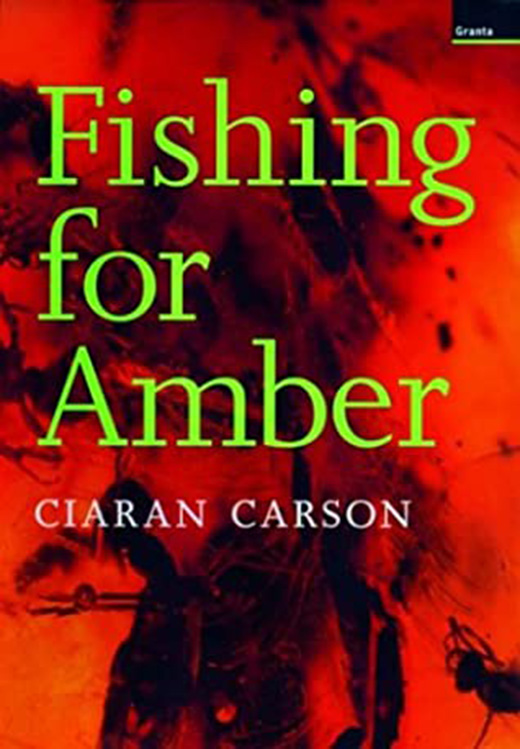
If you’re looking for something much heavier and challenging, esteemed Belfast poet and novelist Ciaran Carson presents Fishing for Amber. A fantastical, often surreal work, Carson attempts to fuse narratives from 17th-century Dutch paintings with the epic poetry of Ovid and the dark side of Irish fairy tales.
To put it mildly, this is no beach read – but sections (many of which are brief, and told in humorous narrative voices) are alternately funny, absurd, or outrageous. (“Some kind of soul must have put me to bed; or maybe I had negotiated the journey upstairs myself, for it’s amazing what a body can do when it’s stoned out of its mind,” one episode begins.)
Having drawn comparisons to literary wizards like Flann O’Brien, Italo Cavino, and Jorge Luis Borges, Carson will have his detractors. But Fishing for Amber often feels like one of those books that, decades from now, will be “discovered” and deemed a classic. (Hardcover, $19.95)
Children
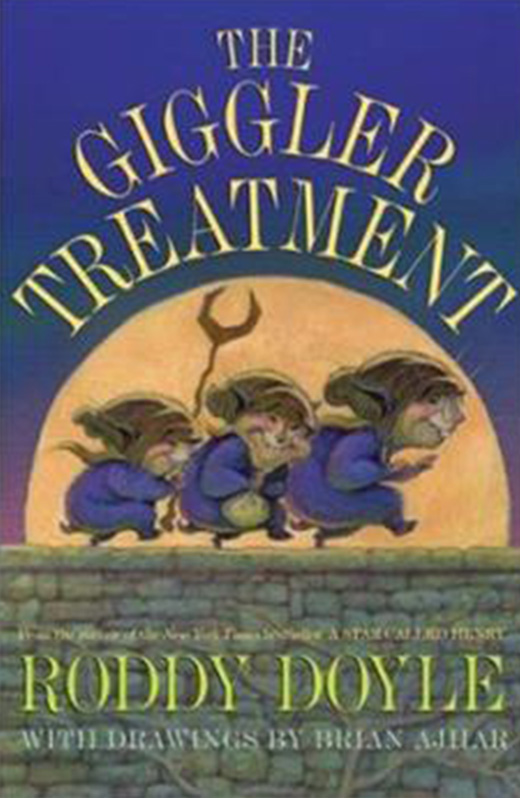
Roddy Doyle doing kiddy books?
Believe it – the chronicler of gritty Dublin, of Commitments fame, has turned his Booker Prize-winning talents to the Harry Potter set with The Giggler Treatment.
The strange title alludes to the fate to be suffered by adults who are mean to children. But leave it to Doyle to intellectually play with the kiddy genre, having all sorts of fun not only with nasty little gremlins, but also with words and even chapter titles.
But under the fun is the black humorist who penned Paddy Clarke Ha, Ha, Ha. The Giggler Treatment, after all, is a children’s fantasy about exacting revenge on adults. But it’s all executed winningly, with playful (but, yes, sometimes a little frightening) drawings by Brian Ajhar.
Don’t be surprised, parents, if you find it hard to put down The Giggler Treatment. Or if you’re scared to pass it off to Junior. (Hardcover, $14.95) ♦
_______________
15 Years of Great Books
Banished Children of Eve by Peter Quinn is a historical novel about the Irish in New York City during the Civil War era.
The Great Shame by Thomas Kenneally tells the sweeping story of the Famine and the Irish in Australia.
How the Irish Saved Civilization by Thomas Cahill documents how Irish monks kept alive the light of learning during the Dark Ages.
The Tenants of Time by Thomas Flanagan is a historical novel set during the land wars in Ireland. Also recommended: The End of the Hunt and The Year of the French.
A Drinking Life is Pete Hamill’s best-selling memoir of growing up Irish in Brooklyn.
Charming Billy by Alice McDermott, winner of the National Book Award, is a novel about the love, loyalty, and faith of an Irish-American family.
Angela’s Ashes is Frank McCourt’s Pulitzer Prize-winning memoir about growing up in Limerick.
Michael Collins: The Man Who Made Ireland by Tim Pat Coogan is one of several books by the author, including his study The IRA and his biography of de Valera, that are a must-read.
The Oxford Book of Ireland, edited by Patricia Craig, is a wonderful collection of Irish poetry and essays.
The above list is of some of the editor’s favorite books published during the last 15 years. Readers are invited to send in their own choices. ♦

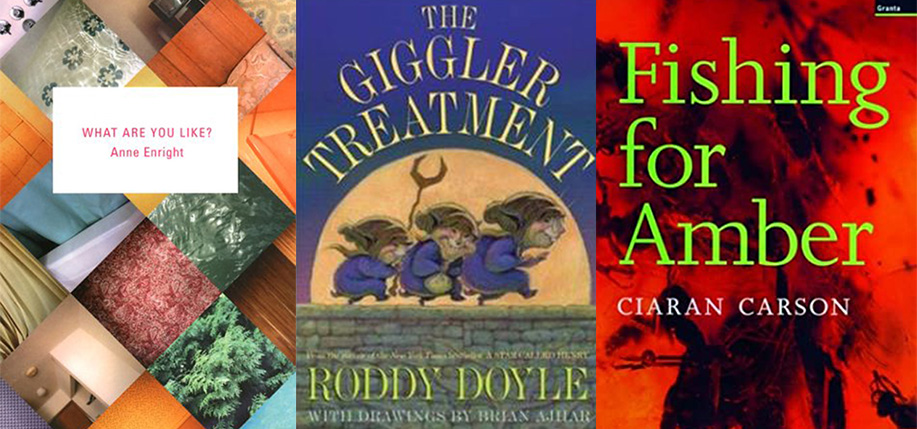
Leave a Reply